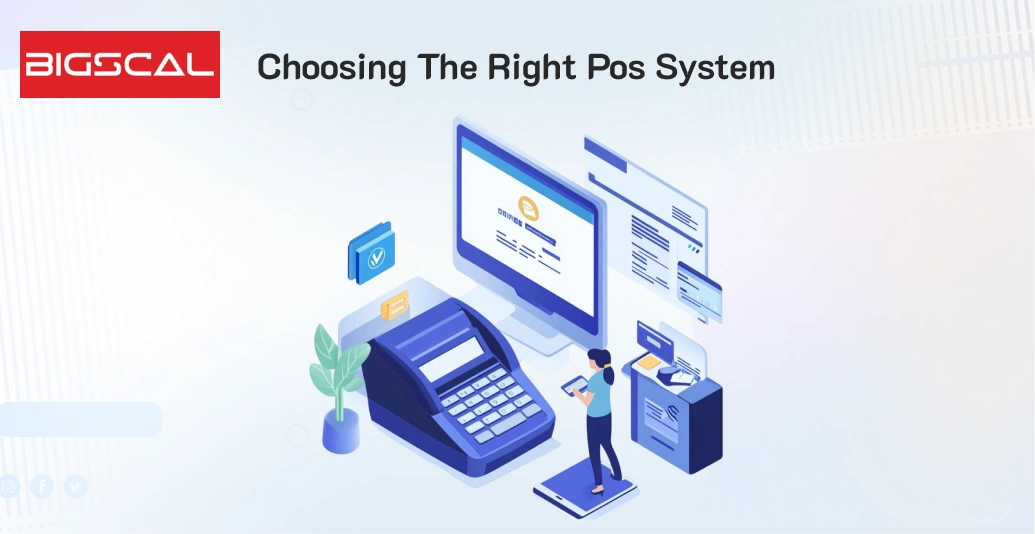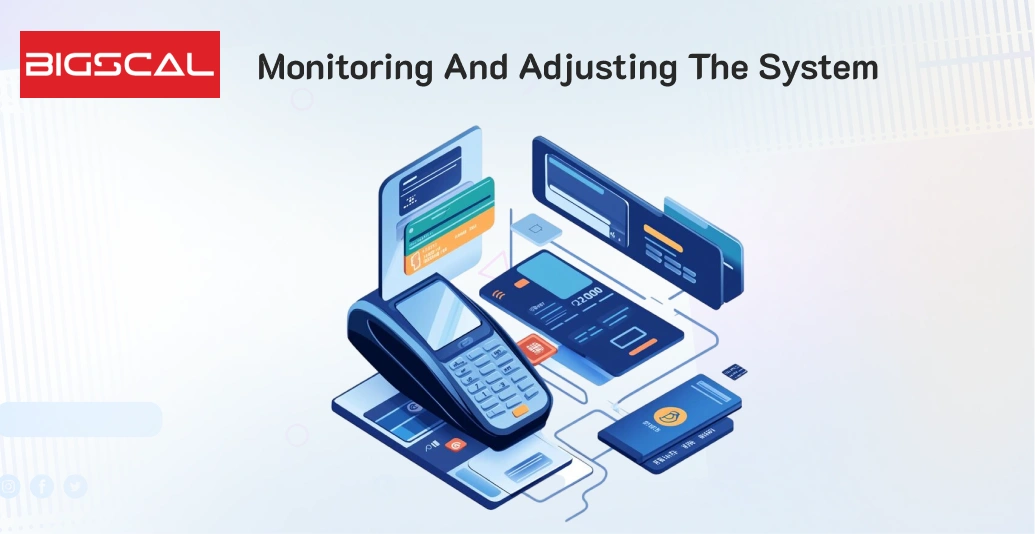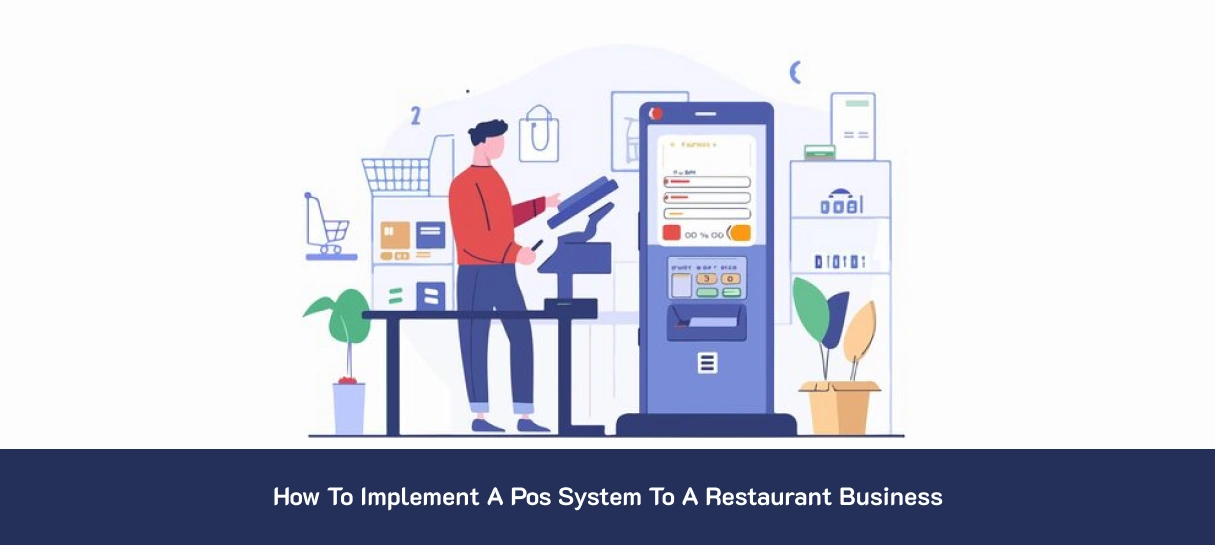How To Implement A Pos System To A Restaurant Business
Quick Summary: Learn to introduce a POS System to your restaurant business to simplify and increase efficiency and customer satisfaction. Get to know step-by-step how to install the correct POS System, enhance order management, sales tracking and spur growth in your restaurant.
Introduction
Managing a restaurant means keeping track of the many areas of service, efficiency, and budget. Technology is also more significant in facilitating enterprises as the industry is more competitive than before. The most useful application that a restaurant owner can incorporate is the point of sale system, simplifying a whole host of tasks, including order-taking, and inventory control. Successful implementation of the system can boost productivity and customer experience to a large extent.
Implementation of new technology in an already settled business might sound difficult, but with perfect planning and execution, the process can go on smoothly. A restaurant point of sale system is not only a tool to receive payment, but a full-featured tool that helps to keep track of sales, coordinate staff, and manage customers. Through proper steps, restaurant owners can incorporate the system in a manner that only enhances the business and not one that upheaves it.
Assessing The Business Needs
Determining the needs of a restaurant is the initial step of establishing a POS system. It’s not necessary that all the systems are created in the same manner and the correct ideal solution is one which reflects the kind of establishment and consumer base. As an example, fast-food establishments may need order processing and drive-thru window integration, whereas fine-dining restaurants may need more advanced functions of table management. This analysis will make certain that the selected system is directly aligned with the core intentions of operations.
Existing problems is another consideration that the restaurant owners have to make when settling on a system. In case the inventory tracking has been a recurrent problem then the point of sale system must possess features that make the management of stock easier. Should customer wait times have an effect on satisfaction then the next step would be a focus on speed and accuracy in the process ordering. Mapping the two will help owners make decisions about not investing in features they do not need and overinvesting in functions that add value to the system.
Choosing The Right Pos System

When the needs are established, then the following step is determining a system that can meet the needs of the restaurant and can be affordable. It varies widely, and these systems can consist of conventional on-site systems and up to date cloud based POS solutions. The cloud based systems are more favored nowadays as they support real time updating and the scaling up as well as providing remote access to the systems. That is, owners will be able to track the sales and performance regardless of location making the management more flexible and responsive.
Cost is another key factor in the decision-making process. The subscription model exists in some systems and the others would need up front investments in hardware. Cleaning contractors are advise to pay attention to the long-run and not to short-time savings. The benefits of a reliable restaurant POS system include elimination of errors, time-saving of staff, customer satisfaction, and thus leading to higher returns in the long run.
Planning The Implementation Process
The implementation of a POS system should not be hastened under any circumstances because care must be taken in its implementation. Restaurant owners will need to ensure that the introduction is schedule so as to cause minimum interruption. Selecting slow hours of the business enables staff to get used to the environment and minimizes the occurrence of errors in the busy hours. It also entails making sure that the restaurant has the hardware needed to support the new system i.e. tablets, monitors, or printers.
Another plan of the process is communication with the staff. Employees should comprehend the reasoning behind the change and how it is going to support them and the company. Getting the team involve in the early stages of the process will ease the possibility of resistance and create trust. Effective communication can make the difference so when the system is put on line it will no longer be an uphill battle but the staff will be motivate to keep the system running.
Training Staff For Success
However, the POS system no matter the level of modernization assumes that the employees are able to use it efficiently. Training is thus one of the most important stages of implementation. Employees are to also be train practically with the system doing drills like processing orders, splitting bills and refunds. This instills confidence and minimises errors when the system is in use.
This ought to be support by continuing support. New employees will require effective boarding, and even veterans might be in need of refreshing courses whenever there are changes in the updates. The companies that provide POS systems usually include training resources and customer assistance that may be handy to the owners of the restaurants. Having a highly trained group of people means that they can adapt to the system much faster but also use it to its full capabilities hence providing better customer service.
Monitoring And Adjusting The System

The work does not stop at the point where the system is establish. Constant tracking will make sure that the POS system is utilized to its full potential and that it is not only bringing the projected gains. The influence of the system on restaurant owners should be monitor with the help of some of the following indicators of performance: order accuracy, order wait times, sales reporting. At what points issues continue to happen, identifying such areas allows refining on its usage.
Adjustments may also be necessary as the restaurant grows. The features that did not play a crucial role in the beginning might be a critical feature in the future, like loyalty program integration and advanced analytics. According to Cloud Application Development Services based POS systems, these changes can be easily done since the systems can often have updates and new capabilities implement without severe interference. Restaurant owners need to regularly review and optimize the system in a bid to make the system continue to support success in the long run.
Conclusion
The POS system is an important concept that should be implement in a restaurant business when approached in a strategic fashion. It starts with the correct identification of the requirements of the restaurant and ends with selection of the correct system. Adequate planning, training of the personnel and constant supervision will also ensure that the technology is resourceful in the day-to-day operations of the business.
A restaurant POS system is not only a form of payment; it is a center-point connecting all aspects of the restaurant. As restaurants are evolving based on demands, cloud based POS solutions are flexible and allow restaurants to stay in the game. Implementation is a delicate issue which, when handled wisely, will result in a smoother work routine, happier employees and customers.





